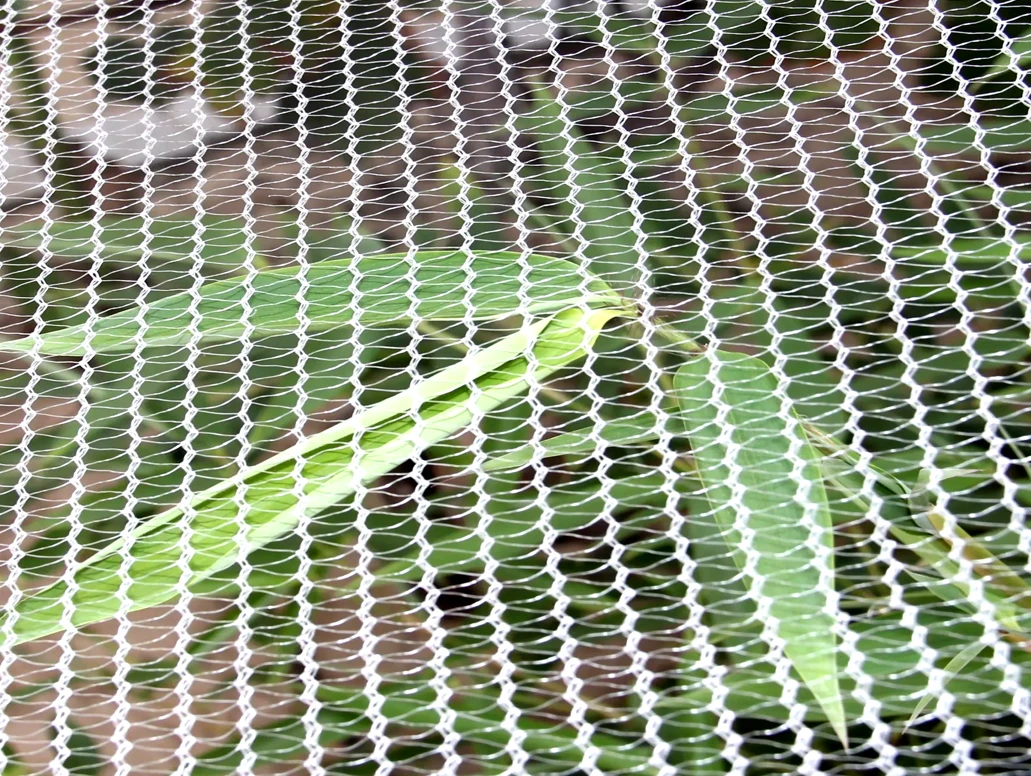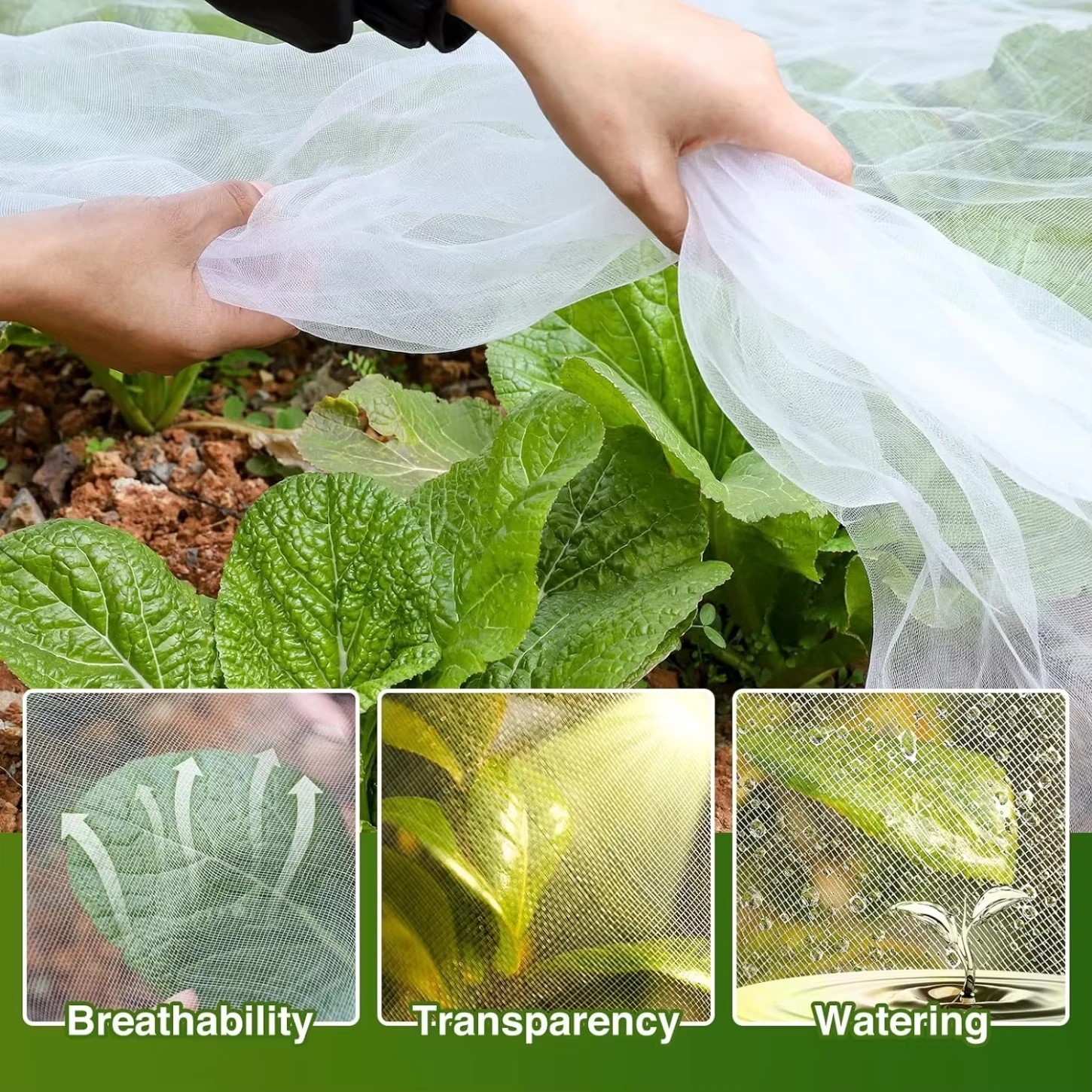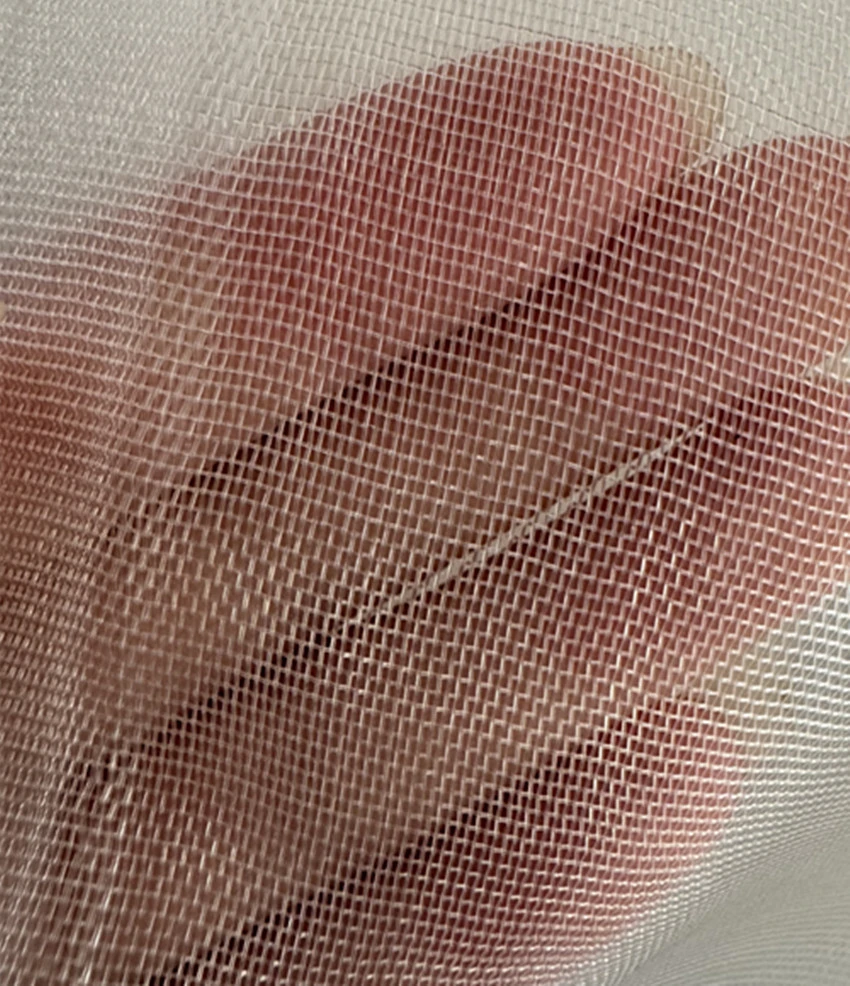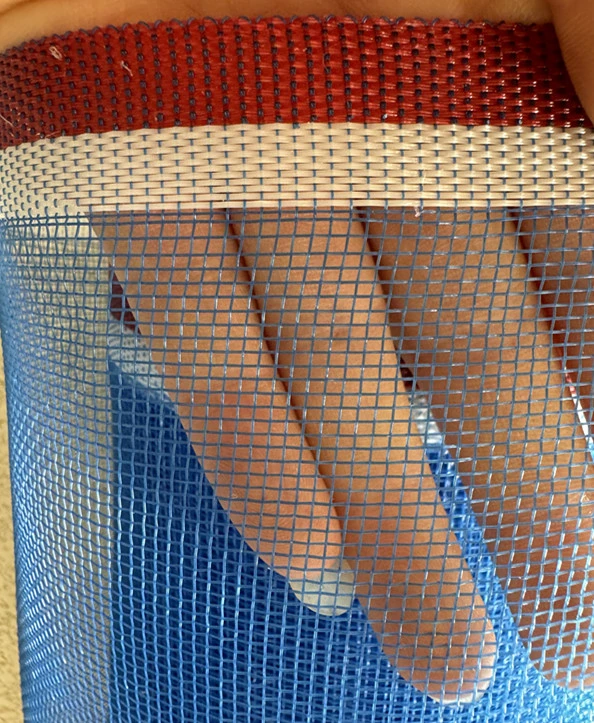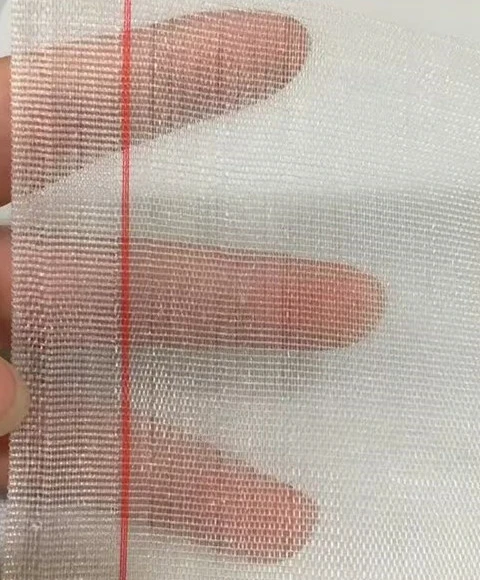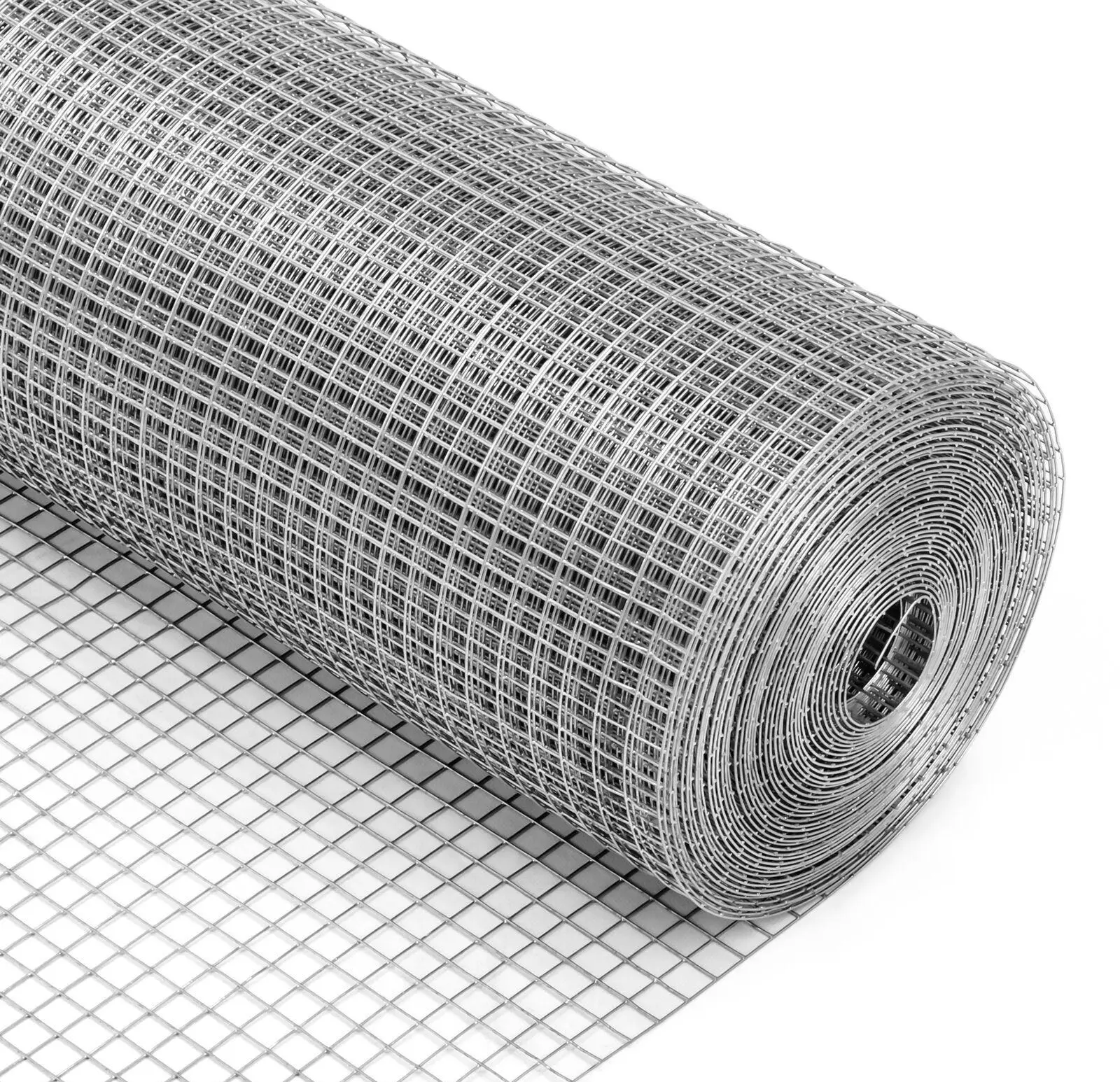-
 Afrikaans
Afrikaans -
 Albanian
Albanian -
 Amharic
Amharic -
 Arabic
Arabic -
 Armenian
Armenian -
 Azerbaijani
Azerbaijani -
 Basque
Basque -
 Belarusian
Belarusian -
 Bengali
Bengali -
 Bosnian
Bosnian -
 Bulgarian
Bulgarian -
 Catalan
Catalan -
 Cebuano
Cebuano -
 China
China -
 Corsican
Corsican -
 Croatian
Croatian -
 Czech
Czech -
 Danish
Danish -
 Dutch
Dutch -
 English
English -
 Esperanto
Esperanto -
 Estonian
Estonian -
 Finnish
Finnish -
 French
French -
 Frisian
Frisian -
 Galician
Galician -
 Georgian
Georgian -
 German
German -
 Greek
Greek -
 Gujarati
Gujarati -
 Haitian Creole
Haitian Creole -
 hausa
hausa -
 hawaiian
hawaiian -
 Hebrew
Hebrew -
 Hindi
Hindi -
 Miao
Miao -
 Hungarian
Hungarian -
 Icelandic
Icelandic -
 igbo
igbo -
 Indonesian
Indonesian -
 irish
irish -
 Italian
Italian -
 Japanese
Japanese -
 Javanese
Javanese -
 Kannada
Kannada -
 kazakh
kazakh -
 Khmer
Khmer -
 Rwandese
Rwandese -
 Korean
Korean -
 Kurdish
Kurdish -
 Kyrgyz
Kyrgyz -
 Lao
Lao -
 Latin
Latin -
 Latvian
Latvian -
 Lithuanian
Lithuanian -
 Luxembourgish
Luxembourgish -
 Macedonian
Macedonian -
 Malgashi
Malgashi -
 Malay
Malay -
 Malayalam
Malayalam -
 Maltese
Maltese -
 Maori
Maori -
 Marathi
Marathi -
 Mongolian
Mongolian -
 Myanmar
Myanmar -
 Nepali
Nepali -
 Norwegian
Norwegian -
 Norwegian
Norwegian -
 Occitan
Occitan -
 Pashto
Pashto -
 Persian
Persian -
 Polish
Polish -
 Portuguese
Portuguese -
 Punjabi
Punjabi -
 Romanian
Romanian -
 Russian
Russian -
 Samoan
Samoan -
 Scottish Gaelic
Scottish Gaelic -
 Serbian
Serbian -
 Sesotho
Sesotho -
 Shona
Shona -
 Sindhi
Sindhi -
 Sinhala
Sinhala -
 Slovak
Slovak -
 Slovenian
Slovenian -
 Somali
Somali -
 Spanish
Spanish -
 Sundanese
Sundanese -
 Swahili
Swahili -
 Swedish
Swedish -
 Tagalog
Tagalog -
 Tajik
Tajik -
 Tamil
Tamil -
 Tatar
Tatar -
 Telugu
Telugu -
 Thai
Thai -
 Turkish
Turkish -
 Turkmen
Turkmen -
 Ukrainian
Ukrainian -
 Urdu
Urdu -
 Uighur
Uighur -
 Uzbek
Uzbek -
 Vietnamese
Vietnamese -
 Welsh
Welsh -
 Bantu
Bantu -
 Yiddish
Yiddish -
 Yoruba
Yoruba -
 Zulu
Zulu
Security Netting Meets Industry Standards
In the realm of safety and protection, few products are as essential as security netting, scaffold safety netting, and green safety netting. These specialized nets are engineered to safeguard lives, secure spaces, and enhance safety across diverse environments, from construction sites to public areas. Combining durability, functionality, and innovative design, they have become indispensable tools for ensuring safety compliance and peace of mind. In this guide, we’ll explore their unique features, applications, and benefits, drawing on insights from trusted industry resources to highlight their critical role in modern safety protocols.

The Versatile Protection Offered by Security Netting in Various Settings
Security netting is a multi-functional safety solution designed to protect people, property, and spaces from a range of hazards, making it a staple in both commercial and residential settings. Crafted from high-strength materials like high-density polyethylene (HDPE), security netting is built to withstand harsh conditions, including UV exposure, moisture, and physical impact—qualities that ensure long-term reliability.
One of the primary strengths of security netting is its ability to adapt to diverse needs. In construction zones, it acts as a barrier to prevent unauthorized access and contain debris. In public spaces like parks or stadiums, it creates safe perimeters to manage crowds and protect against falls from elevated areas. For residential use, it secures balconies, gardens, or pools, keeping children and pets safe while allowing airflow and visibility. Unlike rigid barriers, security netting is lightweight and easy to install, making it a flexible choice for temporary or permanent security needs. Its tightly woven mesh balances protection with breathability, ensuring it doesn’t compromise ventilation or natural light—key for maintaining comfortable environments while keeping hazards at bay.
How Scaffold Safety Netting Ensures Construction Site Protection
1. Independent net buckle: It is formed at one time using machine pressure knotting technology, which is not easy to trip. Double buckle net knot and multi-strand net rope. The net buckle becomes tighter and tighter as it is pulled. The net rope disperses the load-bearing and has a strong resistance ability.
2. Weaving process: mechanical weaving, strong rope body, soft mesh body, strong fit, easy to install and store.
3. Thousands of threads: Multi-strand synthesis, uniform thickness, thickened edge rope design, delicate edges and corners, evenly dispersed after stress, strong load-bearing capacity, easy installation.
The Eco-Friendly Advantages of Green Safety Netting in Modern Applications
As sustainability becomes a priority across industries, green safety netting has emerged as an innovative solution that combines safety with environmental responsibility. This specialized netting is designed to meet high safety standards while minimizing environmental impact, making it ideal for eco-conscious projects and public spaces.
Green safety netting stands out for its eco-friendly materials and design. Typically made from recycled or biodegradable polymers, it reduces reliance on virgin plastics, lowering carbon footprints. Despite its sustainable focus, it doesn’t compromise on strength—retaining the durability, UV resistance, and impact-absorbing properties of traditional safety nets. Common applications include construction sites aiming for green certifications, public parks, and agricultural areas where environmental protection is key. Its natural green color also blends with outdoor surroundings, reducing visual disruption in scenic or residential areas. For projects seeking to balance safety with sustainability, green safety netting offers a practical and responsible choice.
Key Features Comparing Security Netting, Scaffold Safety Netting, and Green Safety Netting
Understanding the unique features of each netting type helps in selecting the right product for specific needs. Below is a comparison of their core attributes:
|
Netting Type |
Primary Material |
Key Features |
Primary Applications |
|
Security Netting |
High-density polyethylene (HDPE) |
UV-resistant, tear-proof, flexible mesh. |
Perimeter security, crowd control, residential safety barriers. |
|
Scaffold Safety Netting |
HDPE with reinforced edges |
Impact-absorbing, debris-containment, secure anchoring system. |
Construction scaffolding, elevated work zones, fall protection. |
|
Green Safety Netting |
Recycled/biodegradable polymers |
Eco-friendly, UV-resistant, natural green color. |
Green construction sites, parks, agricultural safety, scenic areas. |
All three netting types share a focus on durability and safety, but their specialized features make them suited to distinct environments. Security netting prioritizes versatility, scaffold safety netting emphasizes construction-specific protection, and green safety netting leads in sustainability—ensuring there’s a solution for every safety need.
FAQS about Security Netting, Scaffold Safety Netting, and Green Safety Netting
What makes security netting effective for residential perimeter protection?
Security netting is effective for residential use due to its durable HDPE material, which resists tearing and UV damage, ensuring long-term performance. Its flexible mesh design creates a visible barrier that deters intruders while allowing airflow and visibility, maintaining a welcoming atmosphere. Easy to install on fences, balconies, or garden edges, it balances security with aesthetics, making it ideal for protecting homes without sacrificing curb appeal.
How does scaffold safety netting withstand harsh weather conditions on construction sites?
Scaffold safety netting is engineered to withstand harsh weather through its UV-resistant HDPE material, which prevents degradation from sun exposure. Its tightly woven mesh resists wind damage by allowing airflow to pass through, reducing pressure on the netting and its anchors. Additionally, it is water-resistant, avoiding rot or weakening in rain or humidity—ensuring it remains reliable in diverse weather conditions, from hot summers to rainy seasons.
Is green safety netting as durable as traditional safety netting for heavy-duty use?
Yes, green safety netting matches traditional safety netting in durability for heavy-duty use. While made from recycled or biodegradable materials, it undergoes rigorous testing to ensure it meets strength standards, including impact absorption and tear resistance. It is designed to withstand the demands of construction, agriculture, and public spaces, making it a reliable choice for heavy-duty applications where sustainability is a priority.
Can security netting be customized to fit non-standard spaces or shapes?
Absolutely! Security netting is highly customizable to fit non-standard spaces. Manufacturers offer options for custom lengths, widths, and mesh sizes to accommodate unique needs, such as irregularly shaped fences, large perimeters, or specific security gaps. It can also be cut and adjusted on-site with basic tools, allowing for flexibility in installation—making it suitable for diverse residential, commercial, or public space requirements.
What maintenance does scaffold safety netting require to stay effective long-term?
To keep scaffold safety netting effective, regular maintenance is key. Inspect it weekly for tears, loose anchors, or debris buildup, and repair small tears promptly with netting patches. Clean it periodically by rinsing with water to remove dust or dirt that could block airflow. After heavy use or severe weather, check anchor points to ensure they remain secure. Proper maintenance extends its lifespan, ensuring it continues to provide reliable fall and debris protection throughout the construction project.
At [Anping County Yongji Metal Products Co., Ltd.], we’re committed to providing top-quality safety solutions with security netting, scaffold safety netting, and green safety netting that meet the highest standards of durability, performance, and sustainability. Our products are crafted from premium materials, engineered for reliability, and designed to suit diverse needs—from residential security to large-scale construction projects.
-
Anti Hail Net | UV-Stable, High-Strength Orchard ShieldNewsNov.17,2025
-
Anti Bird Netting – UV-Stable, Durable, Humane ProtectionNewsNov.17,2025
-
Welded Wire - Durable, Rust-Resistant Mesh, Custom SizesNewsNov.17,2025
-
Garden Mesh Sun Shade – UV-Resistant, Durable, Custom SizesNewsNov.17,2025
-
Bird in Net Solution: Humane, UV-Resistant Bird NettingNewsNov.17,2025
-
Stainless Steel Filters: Durable, Washable, High-FlowNewsNov.10,2025




